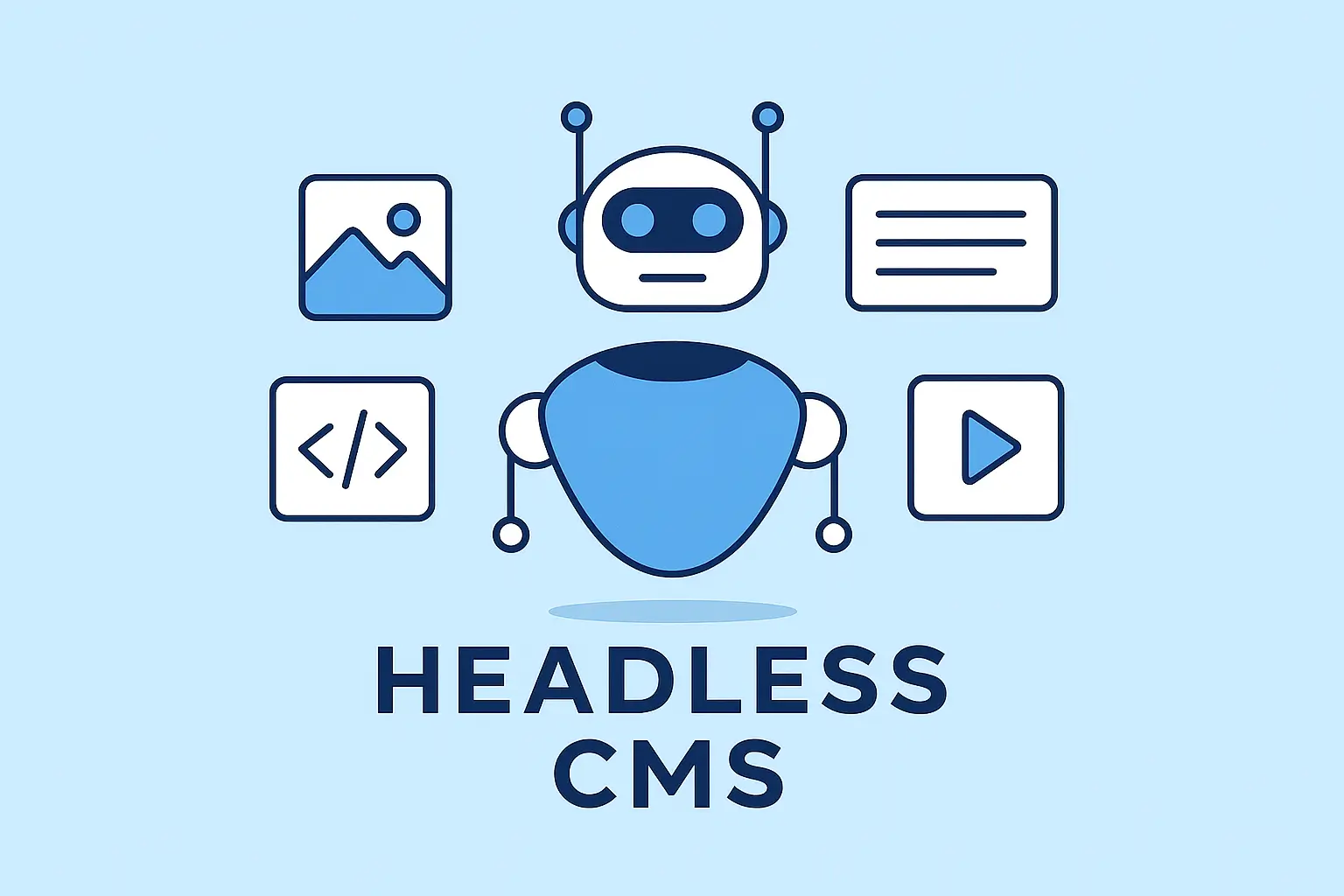Updatated on Aug 19, 2024
Introduction
In this blog post, we’ll explore a practical approach to Create Add and Edit in the Same View & Template – Django in a Django application using the same view and rendering it in the same template. This technique is particularly useful when you want to streamline your code and improve user experience.
- Section ID Check: When the view is accessed, it checks if a section ID is provided. If so, it retrieves the corresponding section from the database for editing.
- Form Submission: Upon form submission, the view processes the data using a
SectionForm. If the form is valid, it saves the changes to the database and redirects the user to theadd_sectionview. - Form Rendering: If the request method is not POST (i.e., GET), the view renders the form with the section data (if provided) or empty fields for adding a new section.
- Context Preparation: The view fetches all sections from the database and prepares the context with the form and section data for rendering the template.
def add_section(request, section_id=None):
"""
Add a new section or edit an existing one
and render it in the same template
"""
# Check if a section ID is provided for editing
section = None # Initialise with no section
if section_id:
try:
section = Section.objects.get(id=section_id)
except Section.DoesNotExist:
raise Http404("Section does not exist.") # Process form submission
if request.method == "POST":
form = SectionForm(request.POST, instance=section)
if form.is_valid():
section = form.save()
return redirect("add_section")
else:
form = SectionForm(instance=section) # Fetch all sections
sections = Section.objects.all() # Prepare context for rendering the template
context = {"form": form, "sections": sections}
return render(request, "students/sections/add_section.html", context)
"""
Add a new section or edit an existing one
and render it in the same template
"""
# Check if a section ID is provided for editing
section = None # Initialise with no section
if section_id:
try:
section = Section.objects.get(id=section_id)
except Section.DoesNotExist:
raise Http404("Section does not exist.") # Process form submission
if request.method == "POST":
form = SectionForm(request.POST, instance=section)
if form.is_valid():
section = form.save()
return redirect("add_section")
else:
form = SectionForm(instance=section) # Fetch all sections
sections = Section.objects.all() # Prepare context for rendering the template
context = {"form": form, "sections": sections}
return render(request, "students/sections/add_section.html", context)








